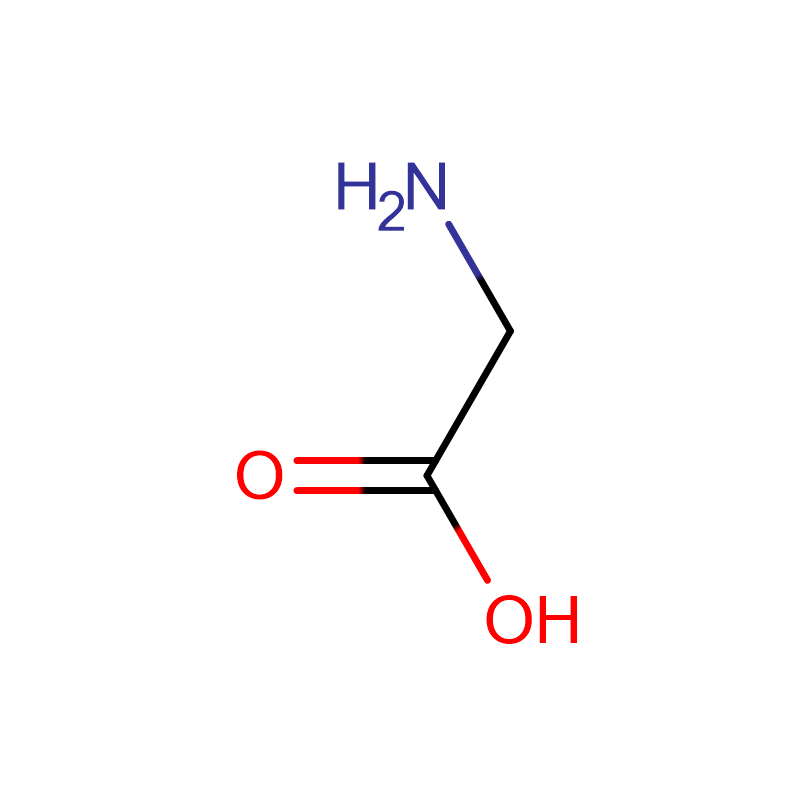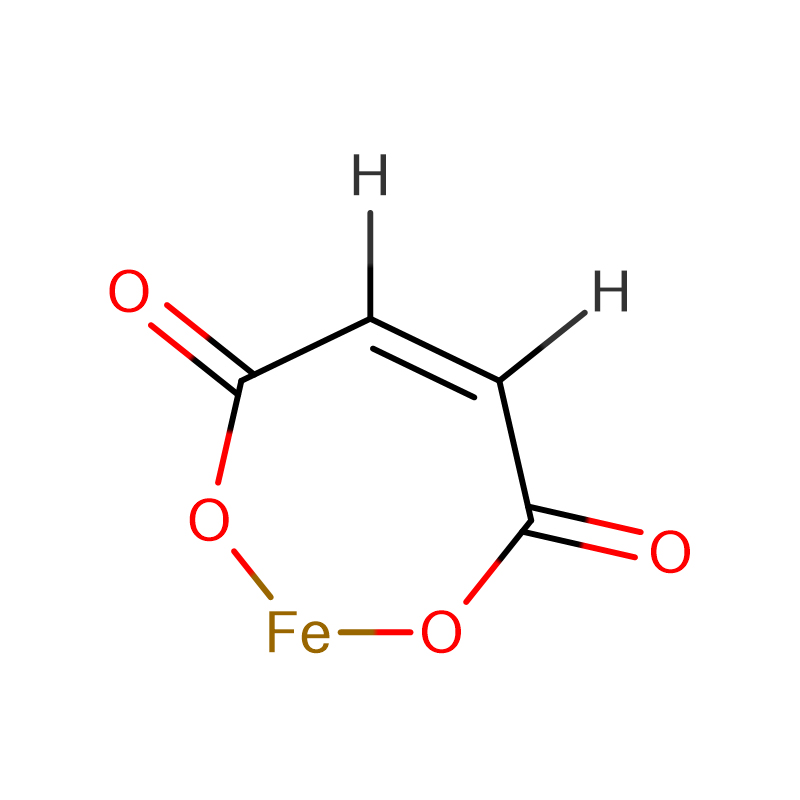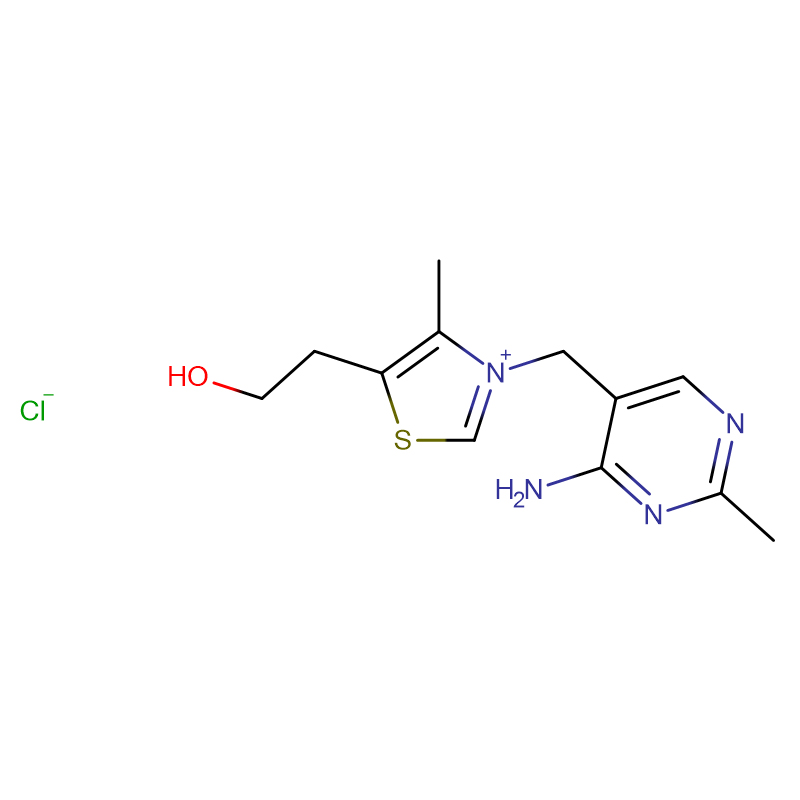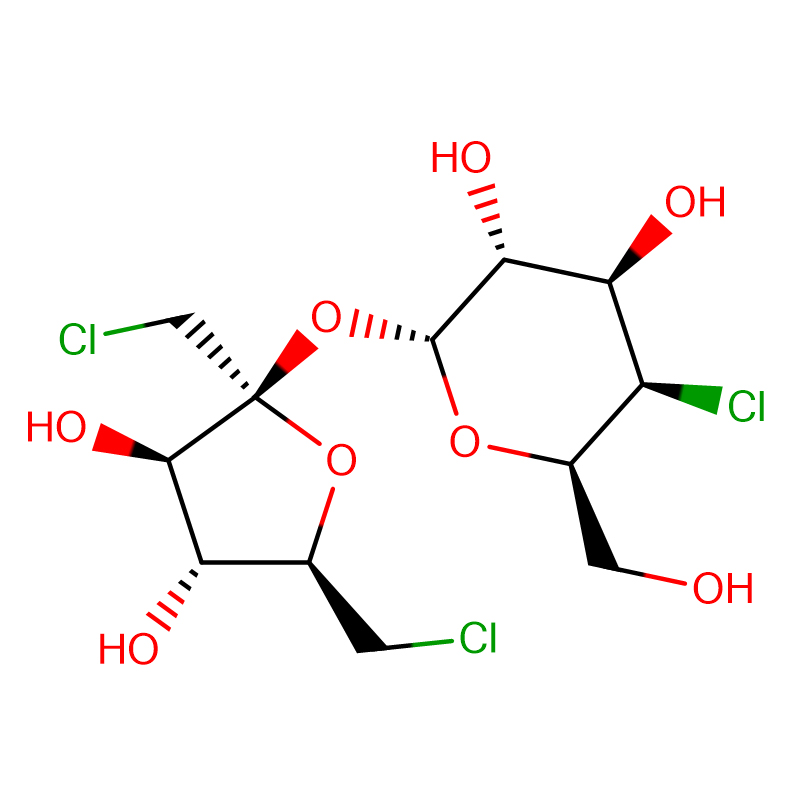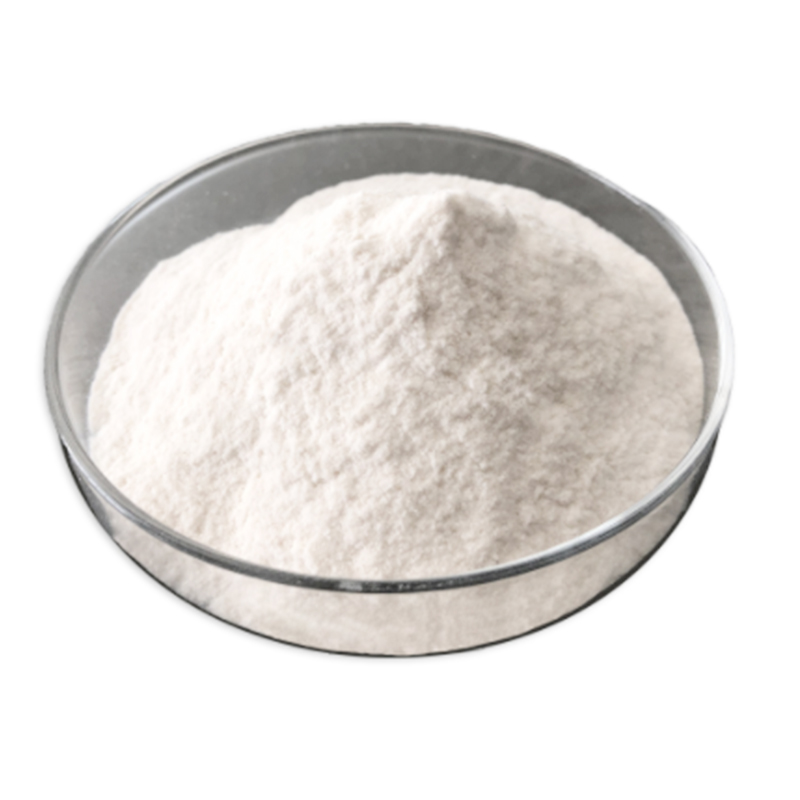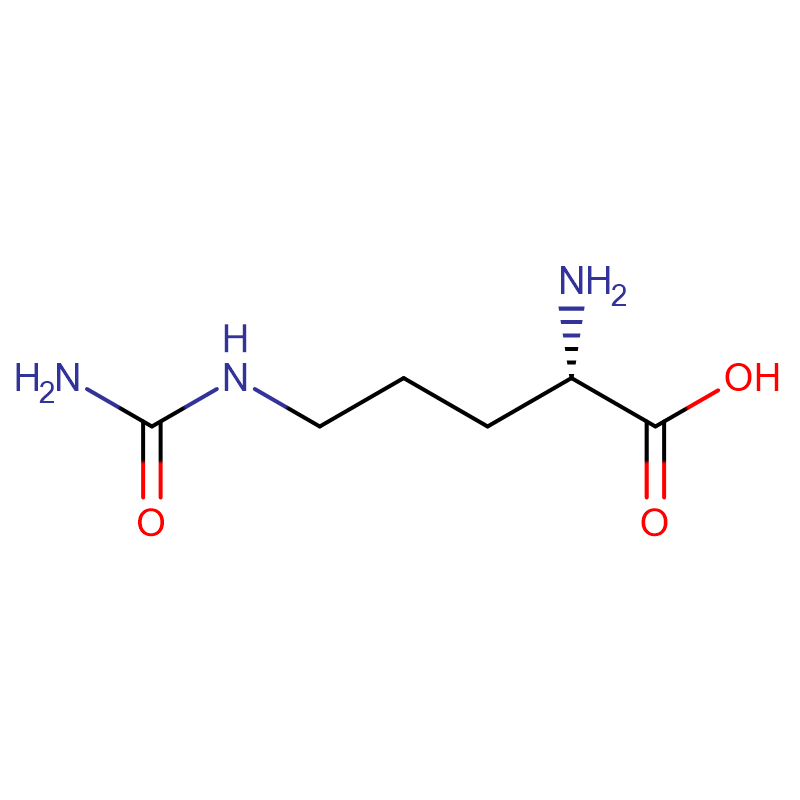Glycine Cas:56-40-6
| Catalog Number |
XD91150 |
| Product Name |
Glycine |
|
CAS |
56-40-6 |
|
Molecular Formula |
NH2CH2COOH |
|
Molecular Weight |
75.06 |
| Storage Details |
Ambient |
| Harmonized Tariff Code |
29224985 |
Product Specification
|
Appearance |
White crystalline powder |
|
Assay |
99.5% min |
|
Heavy metals |
<0.001% |
|
Loss on Drying |
<0.2% |
|
Sulfate |
<0.0065% |
|
Residue on Ignition |
<0.1% |
|
Chloride |
≤0.007% |
Glycine Uses
【Use 1】Used as biochemical reagent, used in medicine, feed and food additives, and used as non-toxic decarburizer in nitrogen fertilizer industry
【Use 2】Used in the pharmaceutical industry, biochemical tests and organic synthesis
【Use 3】Glycine is mainly used as a nutritional additive for chicken feed.
[Use 4] Glycine, also known as aminoacetic acid, is used in the production of pesticides to synthesize glycine ethyl ester hydrochloride, the intermediate of pyrethroid insecticides, as well as the synthesis of fungicides isobacteron and herbicide solid grass Glyphosate, in addition, it is also used in fertilizers, medicines, food additives, condiments and other industries.
【Use 5】Nutritional supplements. Mainly used for seasoning and so on.
Flavoring Combined with alanine for alcoholic beverages, dosage: wine 0.4%, whisky 0.2%, champagne 1.0%. Others such as powder soup
Add 2%; 1% for food marinated in sake lees. It can be used in seasoning sauces because of its prawn and cuttlefish flavor to a certain extent.
It has a certain inhibitory effect on the reproduction of Bacillus subtilis and Escherichia coli. Therefore, it can be used as a preservative for surimi products, peanut butter, etc., with an addition amount of 1% to 2%.
Buffering effect Because glycine is a zwitterion with amino and carboxyl groups, it has strong buffering properties. It can buffer the taste of salt and vinegar. The addition amount is 0.3% to 0.7% for salted products and 0.05% to 0.5% for pickled products.
Antioxidant effect (using its metal chelation effect) can prolong the shelf life by 3 to 4 times when added to cream, cheese and margarine. To stabilize lard in baked goods, 2.5% glucose and 0.5% glycine can be added. Add 0.1% to 0.5% to the wheat flour used for quick-cooking noodles, which can also play a seasoning role. In medicine, it is used as an antacid (hyperacidity), a therapeutic agent for muscular dystrophy, an antidote, etc. It is also the raw material for the synthesis of amino acids such as threonine.
【Use 6】It is used as a buffer for the preparation of tissue culture medium, for the inspection of copper, gold and silver, and in medicine for the treatment of myasthenia gravis and progressive muscle atrophy, hyperacidity, chronic enteritis, and high proline in children Diseases such as acidemia.
【Usage 7】Treat myasthenia gravis and progressive muscle atrophy; treat hyperlipidemia, chronic enteritis (often used in combination with antacids); combined with aspirin can reduce its irritation to the stomach; treat children with hyperproline Hyperemia; as a nitrogen source for the generation of non-essential amino acids, added to the mixed amino acid injection.
【Use 8】This product is used as a solvent for removing carbon dioxide in the fertilizer industry. In the pharmaceutical industry, it can be used as an amino acid preparation, a buffer for chlortetracycline, a synthetic raw material for anti-Parkinson's disease drug L-dopa, and an intermediate of ethyl imidazolate, which itself is also an adjuvant therapy. It can treat neurogenic hyperacidity and is also effective in inhibiting hyperacidity in gastric ulcers. In the food industry, it is used as a formula and saccharin debasing agent for synthetic wine, brewing products, meat processing and refreshing beverages. acid, citric acid, etc. In other industries, it can be used as a pH adjuster, added to electroplating solution, or used as a raw material for other amino acids. Used as biochemical reagents and solvents in organic synthesis and biochemistry.
【Usage 9】Complex titration indicator, reagent for chromatographic analysis; buffer; used as a standard for colorimetric determination of amino acids. Examine copper, gold and silver. Prepare tissue culture medium. Used as biochemical reagents and solvents in organic synthesis and biochemistry.
medicine
⒈Used as medicine for medical microorganism and biochemical amino acid metabolism research;
⒉Used as chlortetracycline buffer, anti-Parkinson's disease drug L-dopa, vitamin B6, and synthetic raw materials of amino acids such as threonine;
⒊ Used as amino acid nutrition infusion;
⒋ Used as a raw material for cephalosporins; thiamphenicol intermediates; synthetic imidazole acetic acid intermediates, etc.
⒌ used as cosmetic raw materials.
feed
It is mainly used as an additive and attractant to increase amino acid in feed for poultry, livestock and poultry, especially pets. Used as a hydrolyzed protein additive, as a synergist for hydrolyzed protein.
industry
Used as pesticide intermediates, such as the main raw material of herbicide glyphosate; electroplating solution additives; PH regulators, etc.
reagent
⒈ For peptide synthesis, as amino acid protection monomer;
⒉ For the preparation of tissue culture medium, the inspection of copper, gold and silver;
⒊ Because glycine is a zwitterion with amino and carboxyl groups, it has strong buffering properties and is often used as a buffer solution.


